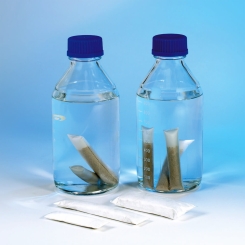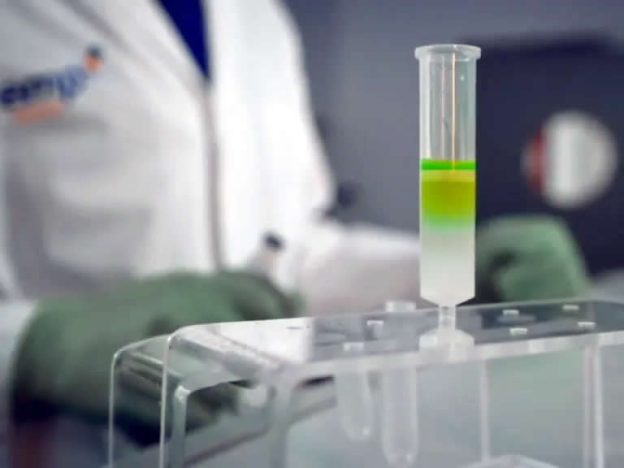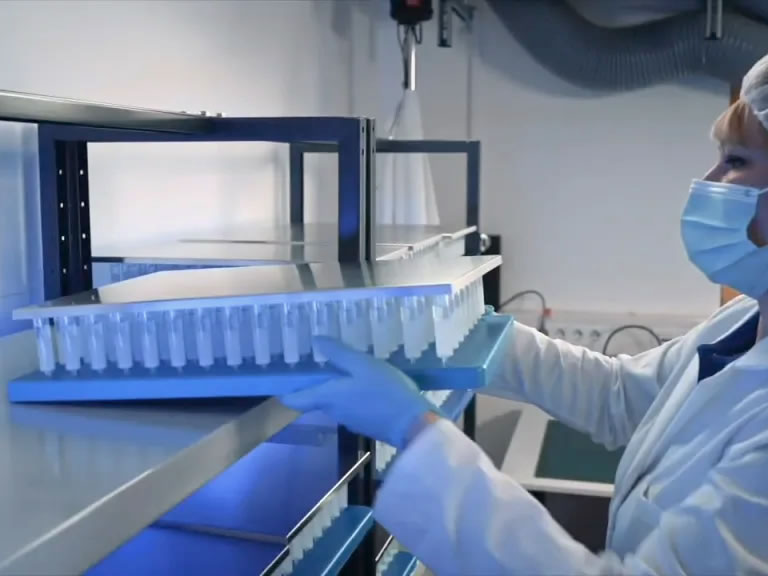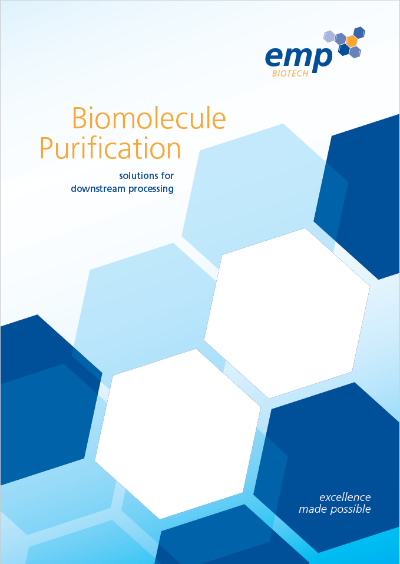Maintaining a low moisture content (≤ 20 ppm water) in reagents is crucial for the success of oligonucleotide synthesis. For decades, molecular sieves have been the preferred method for achieving and maintaining such low moisture levels in solvents. However, traditional molecular sieves often require significant time and energy to prepare, and they lack objective quality control measures.
emp Biotech’s new EZ Dry Ultra moisture traps revolutionize this process. These ready-to-use molecular sieves are conveniently packaged in sachets, and designed to fit a wide range of solvent volumes. Each sachet features a permeable membrane, allowing moisture to be efficiently adsorbed from the surrounding solvent.
With the opening of emp Biotech’s new manufacturing facility dedicated to EZ Dry Ultra moisture traps, laboratories now have access to a solvent drying product that offers superior quality, consistent production standards, and exceptional convenience.
EZ Dry Ultra products are available in various sizes, accommodating solvent volumes from 100 mL to 20 L.







